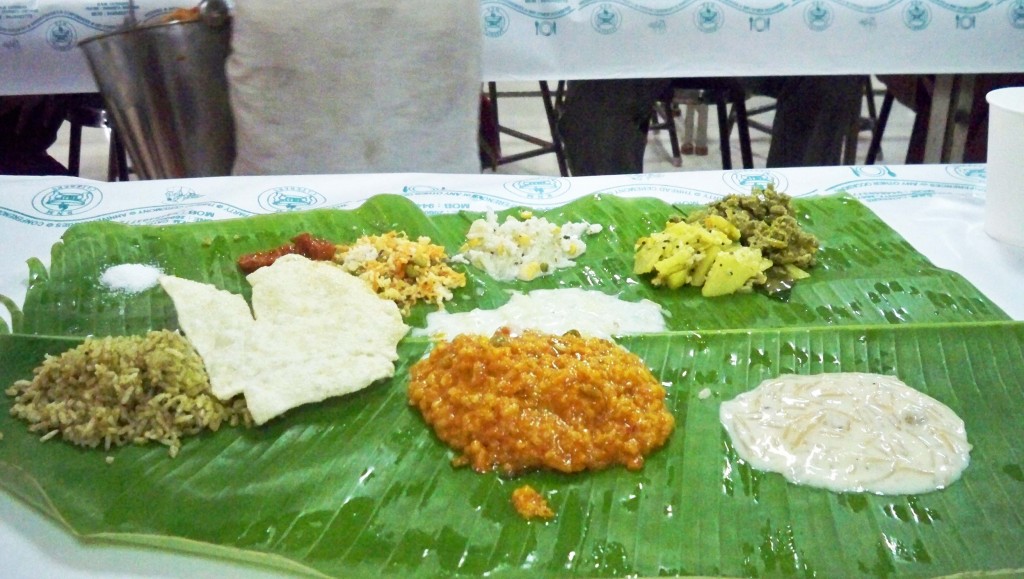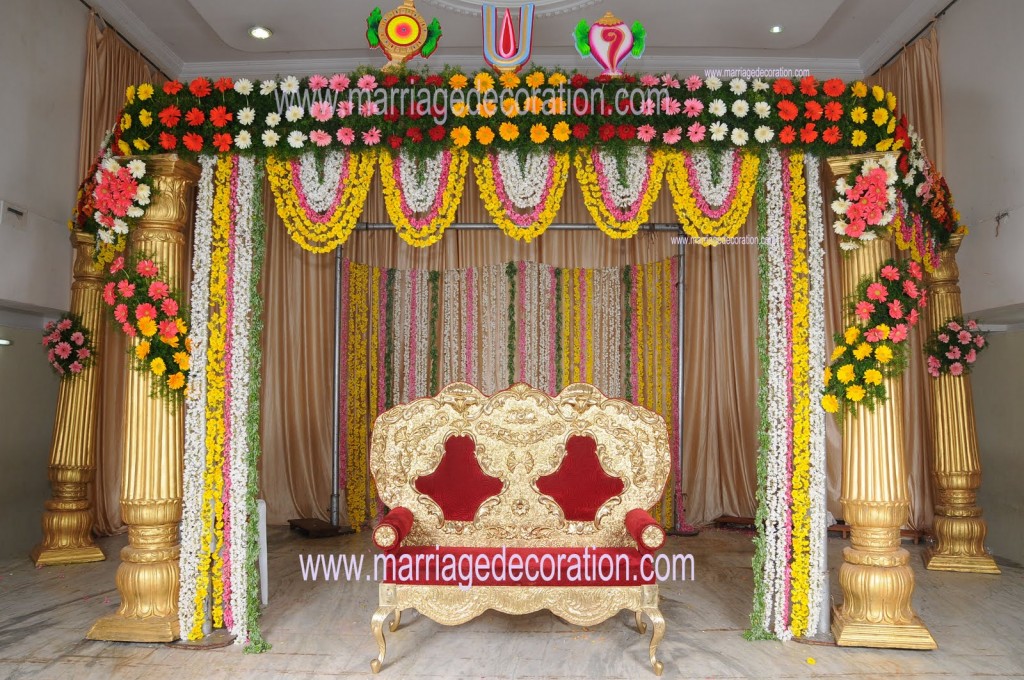Traditional Indian wedding ceremonies are expensive; even the most intimate ones. In fact, there is no such thing as a “small-scale Indian wedding” – the term “Big Fat Indian wedding” is indeed applicable to most weddings held in and out of the country. The main reason why Indian weddings are expensive can be attributed to the fact that the hosts simply cannot cut short their wedding guest list; there are simply too many ‘feelings’ which need to be considered before one can drop names out of it. Throw in the rising costs, as well as the societal need for display of flamboyance and oomph and budgets often spiral out of control.
photo-interiormbahkit.blogspot.com
However, there are some ways in which couples can keep their traditional Indian wedding costs low. The main thing one needs to do here is to think at every point – “is this really needed or can it be done without?”
1) Budget– Naturally the first thing one must do is allocate a budget and stick to it. In India, usually the bride’s parents foot the bill of the main ceremony, the Mehendi and Sangeet. In several cases, the bride’s family is known to saddle itself with personal loans in order to meet societal expectations. Thankfully, things are changing and, today, many of the groom’s families are known to chip in the finances. It is essential that both parties sit down and discuss these thoroughly. After all; it is practical to save this money and use it to help the couple-to-be start a comfortable new life.
2) Bridal attire– It is understandable that as a bride you would want to look special and wear the most expensive lehenga available in the market. The fact is: in 9 out of 10 cases, the bride’s wedding attire is rarely worn again. Modern brides however, have the option of choosing practical wedding attire that is light weight, comfortable and yet attractive. Such bridal dresses are cost-effective and sure to be utilized on other occasions. Additionally, like in Western cultures, one can opt to wear heirloom saris handed down by one’s mother or grandmother.
imagejuicy.com
3) Food and catering costs– A vegetarian menu is a lot more economical than a non-vegetarian one. Additionally, one can limit the appetizers as well as the main courses to just 4-5 dishes each. Other ways to reduce food costs are to forgo or limit the alcohol served (serve it only during one of the ceremonies in case you are having a 3-day celebration) and offer low cost soft drinks instead.
www.marriagedecoration.com
4) Venue-A five star hotel is bound to be more expensive than a temple, museum, public gardens and, if it allows, your (i.e. the bride’s) parental home. Additionally, you can limit the decorations to seasonal flowers of a single variety and avoid fancy lighting effects. Limiting the décor in this manner can help you save a great deal of money.
5) Entertainment and photography-Additional cost cutting can be done in the entertainment section where you can choose to have a small band instead of hiring a DJ and professional dancers etc. Pre-recorded music is also a great way of saving money. You can shop around for budget-friendly photographer/videographer and have the same one cover the entire wedding. This is a sure way of earning discounts.
6) Cards, Favors and Gifts -The Invitation cards can also be kept simple. You can choose to invite guests through e-mails and social websites. Single-page, wholesale cards can also help you save and you can inform your guests regarding the mehendi, sangeet, and reception using the same one. Further savings can be done by limiting the gifts exchanged-restrict the favors to ‘one favor per family’ and you are sure to save a lot.
These are just a few ideas that can help couples limit their traditional Indian wedding costs. Do you have any other inputs? Do comment!


